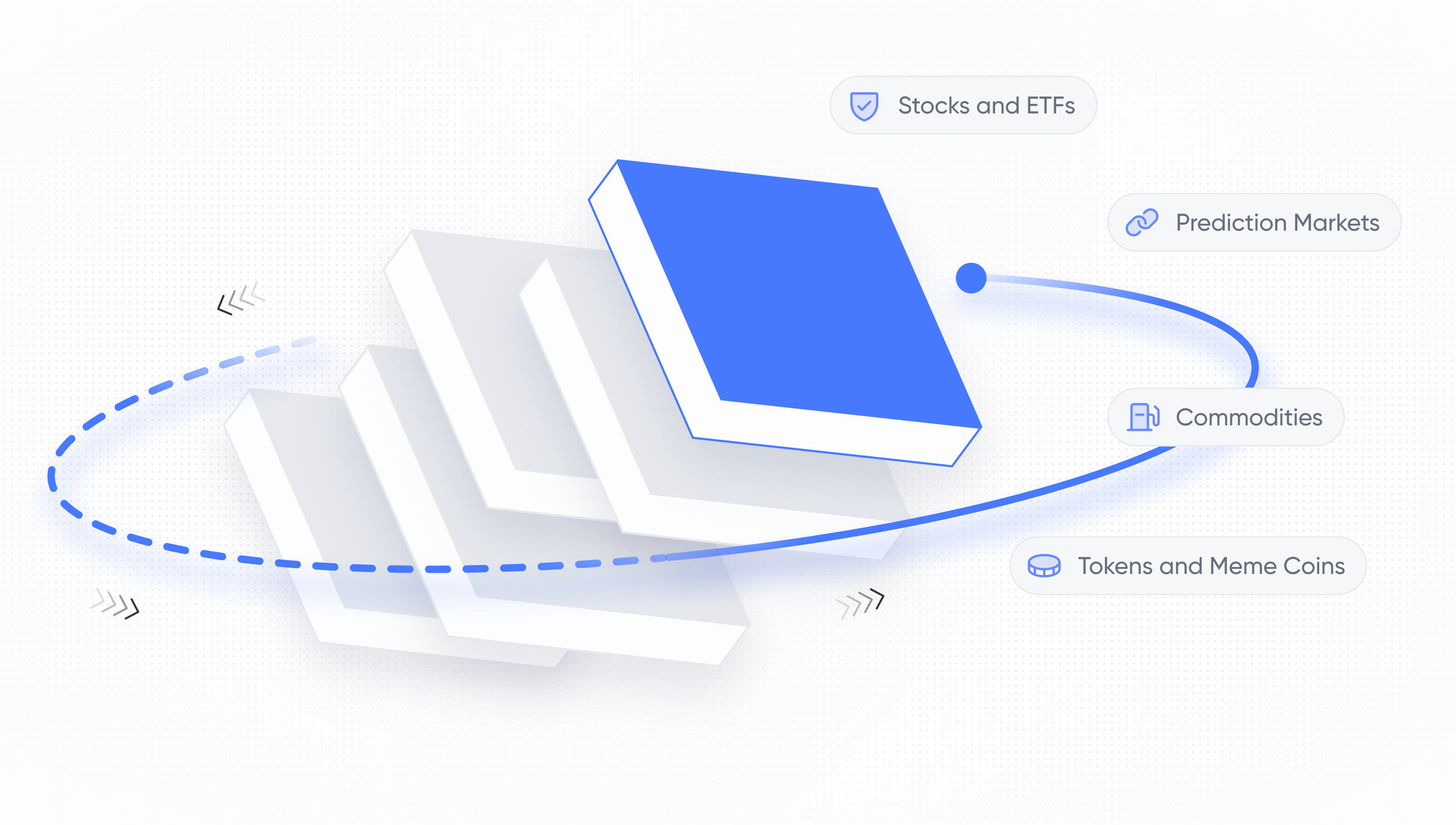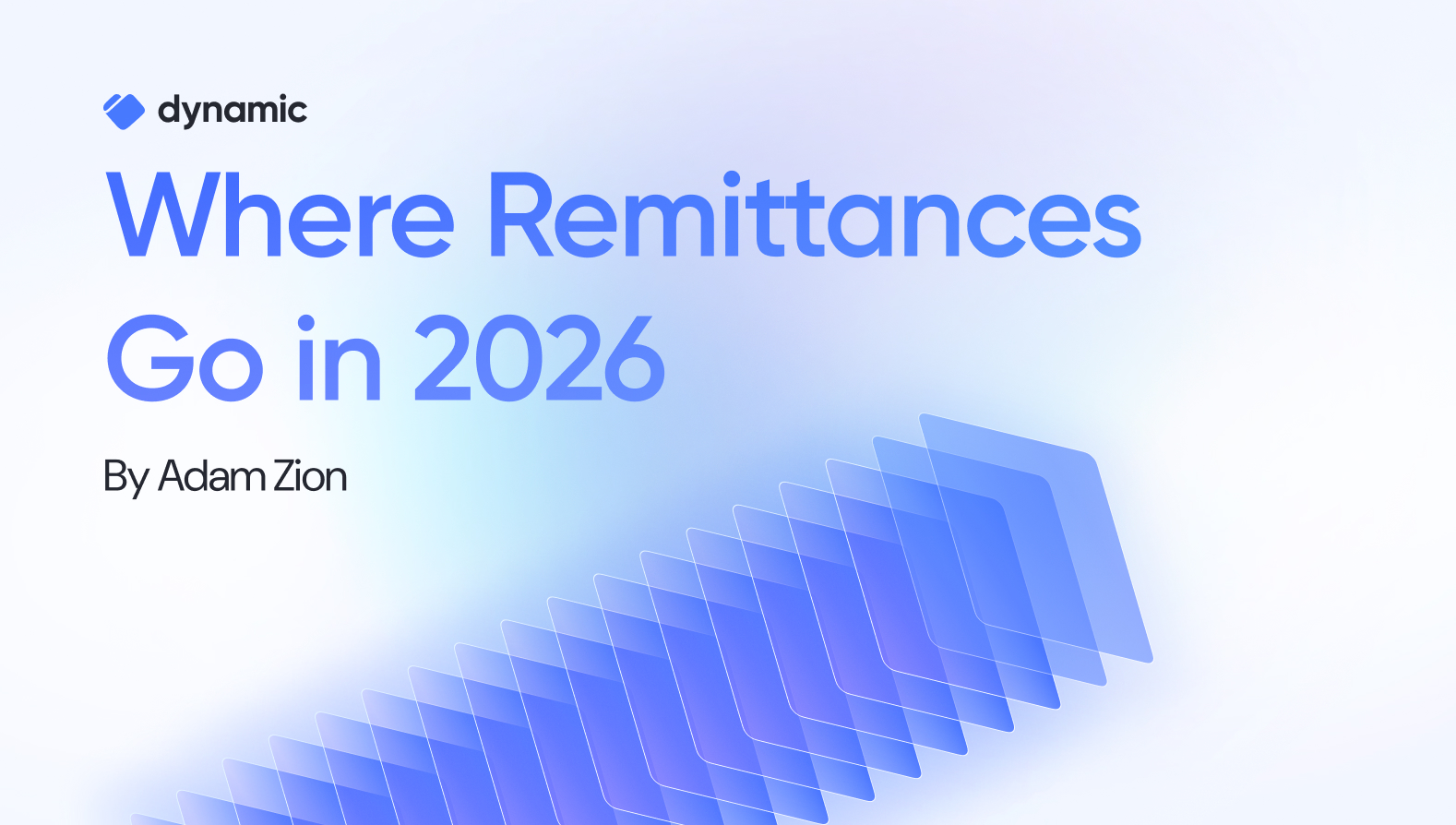Solana Blinks: Enhancing User Experience Through Interactive Links


Achieving mass adoption has been a significant challenge for the crypto industry. However, continuous progress is being made by some of the most influential names in the space. Solana, known for its high-speed and low-cost transactions, has recently introduced a feature called "Blinks" that allow users to perform various on-chain actions via shareable links.
By making the entire process as easy as clicking a URL, Blinks remove much of the complexity surrounding crypto transactions and interactions with dApps. Additionally, Blinks create a more integrated and interactive user experience overall. This blog post dives into everything you need to know about Solana Blinks, from how they work to how you can integrate them into your projects.
What are Solana Blinks?
Blinks, short for blockchain links, are a recent innovation introduced by the Solana Foundation. Similar to Farcaster frames, Blinks turn Solana Actions into shareable URLs that can be distributed anywhere across the internet. These links contain embedded on-chain transactions, enabling direct execution from the link itself.
This functionality allows users to interact with the Solana blockchain without needing to get started with complicated dApps. By simply clicking on a Blink, users can execute various transactions such as sending tokens, voting on governance proposals, or purchasing NFTs. All without leaving their browser or social media platform.
Blinks build on top of Solana Actions, which are APIs that deliver signable transactions from an app directly to a user. Blinks enhance Actions by adding additional user capabilities, making them easier to share, and providing more customization around inputted metadata.
How do Blinks work?
When a user clicks a Blink, the URL triggers a series of HTTP requests to the Solana blockchain. These requests gather the necessary metadata and create a signable transaction or message, which the user can approve directly from their Solana wallet. If signed, the transaction is completed without ever having to leave the original site.
For example, a Blink might look something like this: solana-action:<link>. This <link> contains all of the necessary transaction details, granting a seamless and interactive process for each user. This resembles "connecting" your wallet to a dApp, but it provides a more familiar and secure user experience.
Here’s an example of what a live Blink looks like from Raydium:

What Value do Solana Blinks Provide?
Blinks offer several benefits to both inexperienced and veteran on-chain users:
- Accessibility: Blinks make blockchain interactions accessible to everyone, regardless of their level of crypto knowledge. Recipients of Blinks can initiate transactions simply by clicking a link, eliminating the need for navigating complex interfaces.
- Interactivity: Blinks enable actions to be performed directly from social media feeds, websites, or QR codes, adding new functionalities to existing social apps and allowing users to seamlessly complete tasks like minting NFTs.
- Security: By keeping Blink transactions directly within a URL, users can avoid phishing links and ensure that they are only interacting with trusted domains.
- Versatility: Blinks can be used for a wide range of applications, including voting, donations, minting NFTs, token swaps, and much more.
As a result, Blinks are being used for a wide range of use cases. You can view a growing directory of existing Solana Blinks here!
How Can You Integrate BLINKS Yourself?
With the help of developer tools provided by Solana, integrating Blinks into your projects is straightforward. Here’s how you can do so in 4 steps:
- Create a Solana Action URL: Specify the action you want to perform and embed it within a Solana Action URL.
- Gather the required metadata: Use the Action URL to gather necessary metadata, including graphics, titles, and descriptions.
- Develop the endpoint: Make sure that your server or application can handle HTTP requests for the action and respond with the appropriate JSON payloads.
- Test and deploy your Blink: Ensure your Blinks work as expected and then deploy them across your desired platforms.
For detailed integration instructions, developers can refer to the official Solana documentation. If you are building on Solana or utilizing Blinks, reach out to Dynamic to learn more!
Share this article



